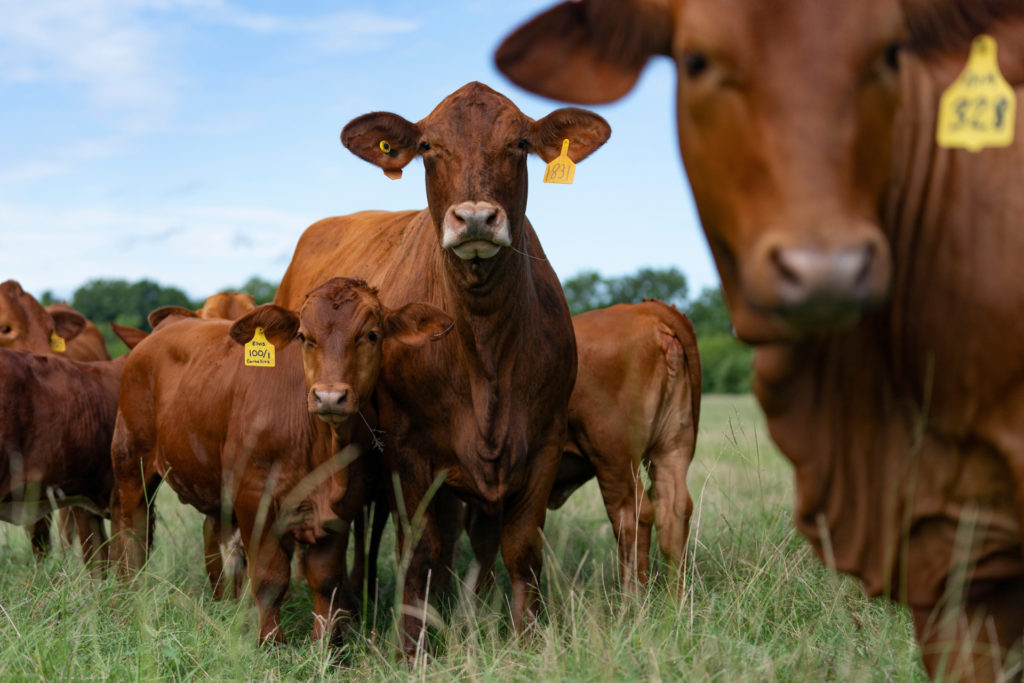Higher calf prices projected for 2023 in Texas
Strong demand for beef continues despite higher retail prices
Drought conditions in Texas and throughout the U.S. continue to take a toll on cattle numbers, with higher calf prices and less beef production projected for 2023, according to a Texas A&M AgriLife Extension Service livestock economist.

“Most of the country is in some form of drought,” David Anderson, AgriLife Extension economist in the Texas A&M Department of Agricultural Economics, Bryan-College Station, told attendees at the recent South Central Texas Cow-Calf Clinic in Brenham.
“Drought affects all aspects of the cattle business. The reason we have culled so many cows this year is because of drought and the cost of corn. High corn prices will lead to a high feed cost environment into next year. Production costs have also increased faster than calf prices.”
Drought-related culling affects future calf prices
Anderson’s price outlook calls for tighter supplies of cattle going into 2023.
“In a couple of years, we will be talking about record calf prices again,” he said. “We will likely see over $2 a pound in 2024 for 550-weight calves simply because there are fewer cattle, tighter supplies.”
Anderson said that’s being driven by more cull cows and heifers being slaughtered due to the drought.
“Drought is really affecting where wheat pasture is planted,” he said. “That’s also affected calf prices. Right now, there’s more value in heavier-weighted calves. Why? Feed is expensive.”
This is resulting in the biggest slaughter since 2012, which is about 80,000 cows a week, Anderson said. U.S. beef production is on track to eclipse 28 billion pounds.
“Right now, we are producing a record amount of beef,” he said. “We are getting a little more beef from dairy, and with regards to beef cows, we are culling a bigger percentage of the herd. When the January U.S. cattle inventory number comes out, I think we will have at least 3% fewer cows.”
“We’ve placed a lot more light-weight animals, and there are fewer total cattle on feed than a year ago,” he said.
Strong consumer demand
Consumer demand continues to be steady as these record amounts of beef are being produced due to the forced selling in drought-stricken regions. That demand is helping keep cattle prices high and helping to offset the higher production costs.
However, Anderson said, the effects of inflation have caused some consumers to cut back or become choosier with grocery purchases.
“You do have some consumers in a bind,” he said. “When do people quit buying because the price point is too high?”
Attendees throughout region
The South Central cow-calf clinic, sponsored by AgriLife Extension, drew hundreds of beef cattle producers from Austin, Brazos, Burleson, Colorado, Fayette, Grimes, Lee, Waller and Washington counties.
A scholarship raffle with $34,000 in prizes was also held to support youth in sponsoring counties and the cow-calf clinic youth program. Keynote speaker was Temple Grandin, Ph.D., Colorado State University, who discussed grazing cattle, sheep and goats that are part of a sustainable agriculture future.


